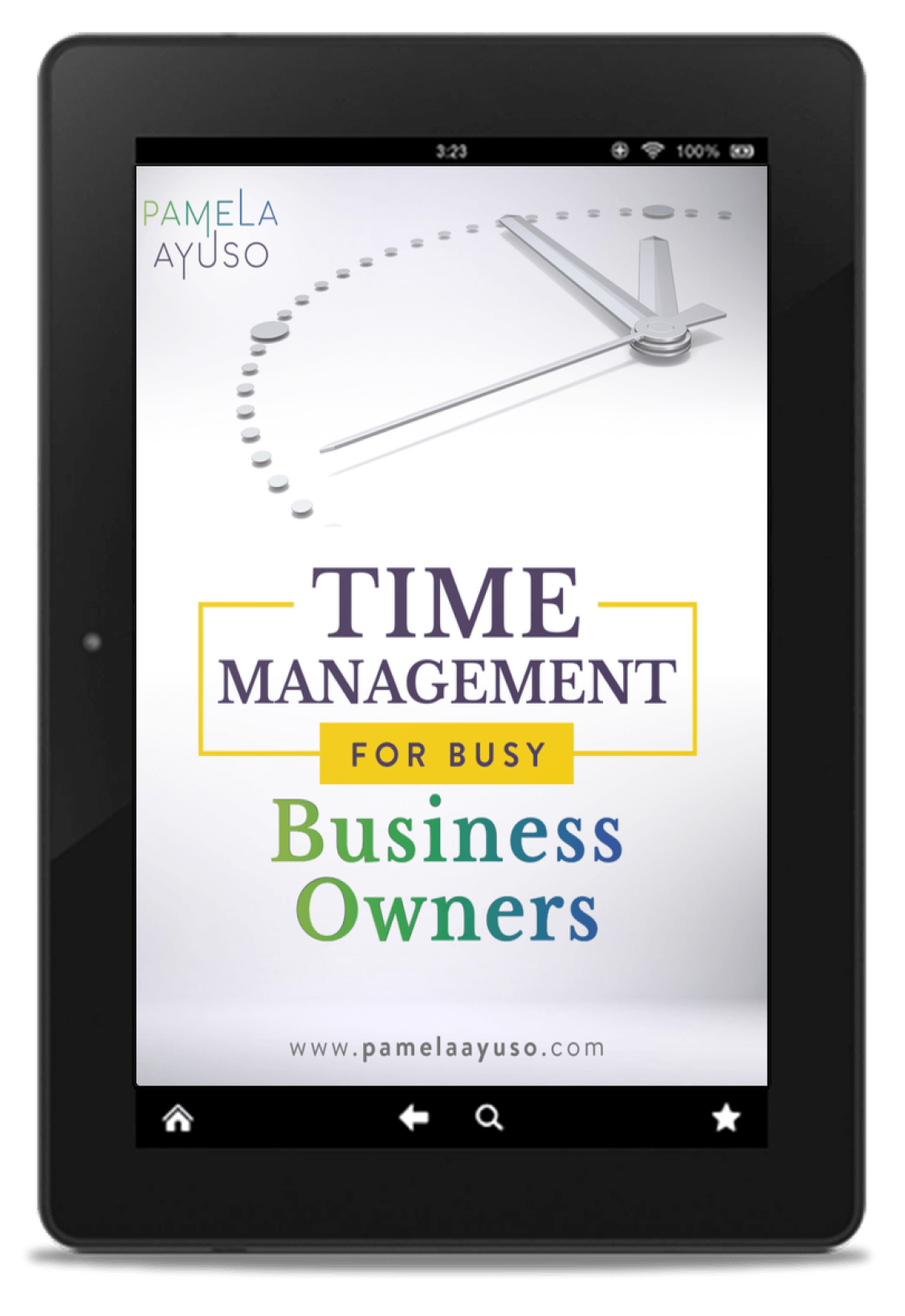How Google Works (public library) by Eric Schmidt and Jonathan Rosenberg is a New York Times bestselling book published in 2014. From 2001 to 2011, Eric Schmidt was the CEO of Google, and Jonathan Rosenberg was the Senior Vice President of Products at Google and resigned in 2011. In the book, the authors share the lessons they learned in management as they and others built and grew this internet behemoth.
When I first read How Google Works, I was surprised by the many brilliant ideas for business strategy and organization in the book. Although following their example and implementing everything they propose would take tremendous attention and work, I think that just taking a few of their ideas could have a big impact on any business. I highly recommend reading the publication for anyone interested in learning some of Google’s secrets and backstories.
The authors organized the book around six main concepts: culture, strategy, talent, decisions, communications, and innovation. How Google Works is structured to mirror how a company’s growth occurs. As per their model, it starts with culture, which then must be supported by strategy. Next, attracting top talent becomes crucial to building the team. Making decisions and reaching consensus is the following challenge. As the company grows, communication becomes more difficult because more people need to connect to one another. And finally, innovation — to stay viable, a company must continuously improve its products and procedures.
This book’s principles have greatly contributed to how our own company works and operates. What follows are some of my favorite quotes and how we have implemented them at our firm.
![[Photo: Oxana V.//Unsplash]](https://www.pamelaayuso.com/wp-content/uploads/2021/01/oxana-v-524244-unsplash.jpg)
[Photo: Oxana V.//Unsplash]
On Organization
“ We believe in staying functionally organized—with separate departments such as engineering, products, finance, and sales reporting directly to the CEO—as long as possible, because organizing around business divisions or product lines can lead to the formation of silos, which usually stifle the free flow of information and people.”
How Google Works, Eric Schmidt and Jonathan Rosenberg
As a company grows, it is quite common to start creating divisions and hierarchies to consolidate and run a business. Schmidt and Rosenberg believe it is better to be organized by function so as not to add more layers to the firm. This form of organization will allow information and ideas to flow more smoothly within the structure.
Organization (e.g., hierarchies and lines of responsibility) is necessary, but it should be as simple as possible. For a company that is starting its evolution, one of the first steps is to delineate each team member’s functions. Originally, at our firm, we were organized into several groups (about nine) that weren’t distinctly defined; team members overlapped in many of the groups, and sometimes it was not clear who was responsible for what. Therefore, we decided to streamline our main functions into six main departments: Corporate, Commercial, Finance, Development, Projects, and Property Management.
These departments have worked well: if an employee has a problem with accounting or purchasing, for example, that individual knows that the Finance department will solve the issue. The structure has not only allowed for solving problems and operating smoothly, but it has also helped drive innovation. Since each team has ownership over that specific area, they come up with solutions to improve their workflow and results. New designs have also been created across departments.
![[Photo: Jason Leung/Unsplash]](https://www.pamelaayuso.com/wp-content/uploads/2021/01/jason-leung-507082-unsplash.jpg)
[Photo: Jason Leung/Unsplash]
On Transparency
“Promote transparency and sharing of ideas across divisions. Open up everyone’s calendar so that employees can see what other employees are doing. Hold more company-wide meetings and encourage honest questions without reprisal. And when you get those tough questions, answer them honestly and authentically.”
How Google Works, Eric Schmidt and Jonathan Rosenberg
Google has focused on the openness of information. The company believes its team should have all the tools necessary to be able to execute their work in the best possible and most efficient way. If the barriers are down and everybody is aware of what everybody else is working on, information can be optimally used.
When there are obstacles, on the other hand, different problems can ensue. As an example, an employee might begin unknowingly working on a project that another employee has already started, creating redundancy and duplicating efforts. The opposite problem may also occur: an important task that should be getting done is left unperformed because nobody knows that no one else is doing it.
We have been working on redesigning how information is stored and used to ensure that everybody has as much access to it as possible. At our company, as soon as somebody becomes a member of our team, that new hire receives full access to the information needed. In my experience, removing unnecessary barriers to information is not automatic; it requires a constant effort.
![[Photo: Eye for Ebony//Unsplash]](https://www.pamelaayuso.com/wp-content/uploads/2021/01/eye-for-ebony-340137-unsplash.jpg)
[Photo: Eye for Ebony//Unsplash]
On Interviewing
“In other words, after four interviews the incremental cost of conducting additional interviews outweighs the value the additional feedback contributes to the ultimate hiring decision. So we lowered the maximum to five, a number with the added benefit (at least for computer scientists) of being prime.”
How Google Works, Eric Schmidt and Jonathan Rosenberg
Google has studied how their recruiting process works, and they found that it is not necessary to have more than four interviews per candidate. We have also been following these guidelines for the past year and a half with good results. An interviewing committee of approximately four to five employees allows us to have a variety of perspectives on the candidate without spending additional time on the process as a whole.
“The best packets are like any other great piece of executive communications: a one-page summary with all the key facts, and comprehensive supporting material. The summary consists of hard data and evidence in support of the hiring decision, and the supporting material includes interview reports, résumé, compensation history, reference information (especially if the candidate was sourced via internal reference), and any other relevant material (college transcripts, copy of a candidate’s patents or awards, writing or coding samples).”
How Google Works, Eric Schmidt and Jonathan Rosenberg
We have also implemented this idea; at the end of the recruiting process, we have a packet of information on each candidate. It includes each interviewer’s feedback report, the candidate’s curriculum vitae, a work history report, and additional important information. We do not have a recruiting committee because we are too small for that, but the four to five people who interviewed the candidate meet, and using the packet as a reference, they discuss the candidates in detail, much like a jury.
We have found that making decisions as a committee results in a more accurate assessment than if the decision was taken individually. Biases are reduced, and as a group, we tend to coalesce around a decision. For this to work, we are careful not to influence anyone on their decision. It is important to receive the interviewer’s report ahead of time to reduce groupthink. Everybody’s opinion on the committee is crucial and unique, and dissenting voices are given equal weight.
![[Photo: Annie Spratt/Unsplash]](https://www.pamelaayuso.com/wp-content/uploads/2021/01/annie-spratt-42051-unsplash.jpg)
[Photo: Annie Spratt/Unsplash]
On Product Development
“…market research cannot tell you about solving problems that customers cannot conceive are solvable. Giving the customer what he wants is less important than giving him what he does not yet know he wants.”
How Google Works, Eric Schmidt and Jonathan Rosenberg
I love this quote; market research is typically used to find unmet needs in your target market. However, what about demand for products that have not yet been created? That is where unlimited growth exists. Delighting the customers with products they did not even know they wanted or needed will create a powerful ascending cycle of demand.
This is the ethos of constant product improvement that Google exemplifies, and I have found it inspiring for my own company. In every corner of the world, there is room for innovation. As business leaders, we can find these opportunities and solve problems in original and innovative ways.
This book contains a wealth of information, which I was not able to include in a single article. Please read Part 2 next week for further insights from How Google Works. Moreover, if you are interested in buying the book, it is available here.
Schmidt, Eric, Jonathan Rosenberg, and Alan Eagle. Google: How Google Works. First edition. New York: Grand Central Publishing, 2014. E-book.



